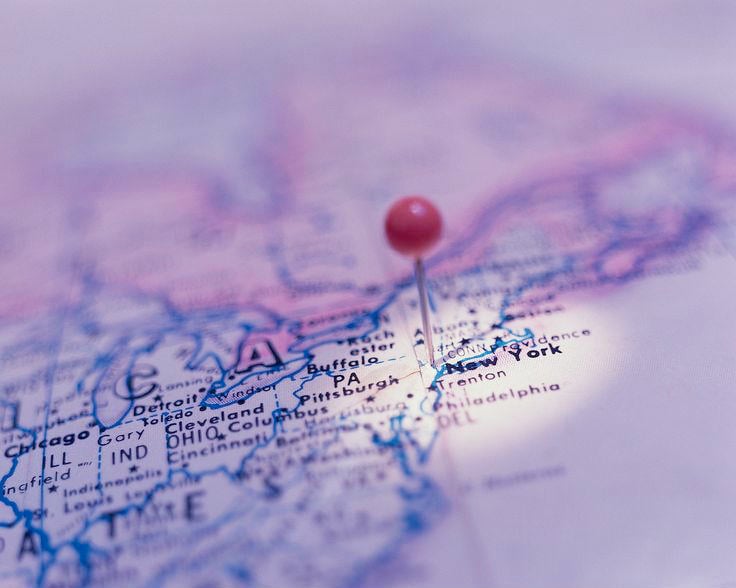 Relocating to a new state offers the opportunity to start fresh and experience a life you may not have otherwise planned. But, like anything new, moving can present its own unique challenges, from organizing what to bring and discard, to deciding where to enroll the kids in school, to ensuring everyone remains happy and positive. Truly, the devil is in the details.
Relocating to a new state offers the opportunity to start fresh and experience a life you may not have otherwise planned. But, like anything new, moving can present its own unique challenges, from organizing what to bring and discard, to deciding where to enroll the kids in school, to ensuring everyone remains happy and positive. Truly, the devil is in the details.
But because deciding where to move is the easy part, it’s wise to cobble together a moving checklist to ensure you’re not excluding any items to make your new house a home. Check out these helpful tips that will make your out-of-state move as seamless as possible.
Create a Checklist and Budget
Getting organized is one of the keys to a successful move. The best way to start is by creating a checklist. For example, in addition to packing and arranging moving services, you will need to:
- Change your address and phone number
- Update your billing and credit card information
- Update your insurance policies
- Obtain a new driver’s license and plates
After creating this checklist, organize it chronologically into a calendar. For instance, you might start sorting through your belongings and research moving companies two months before your move, order moving supplies six weeks ahead of your move, and start packing and scheduling moving services a month ahead of time. Real Simple provides a sample calendar checklist that you can modify.
As you develop your checklist and calendar, you should also start planning a budget for the items on your list. Moving out of state can be expensive — as much as $8,000 to $14,000 if you’re moving across the country, according to Updater.com. Items to include in your budget include:
- Moving company expenses
- Costs for unpacking and assembling appliances
- Vehicle transportation costs
- Post-move costs for security deposits and furniture
Before Your Move
Your checklist should include a number of key items you need to complete before your move. These include researching the cost of living in your new state, scheduling moving services, conducting a home inventory in deciding what to keep or discard, and packing. You may also need to take care of arranging transportation for plants and pets, collecting important documents and paperwork (insurance and school records), and canceling utility services at your old home and activating them at your new home.
Finding the Right Movers
Choosing the right movers can make the difference between a smooth moving experience and a big hassle. Interstate moving companies are regulated by the U.S. Department of Transportation’s Federal Motor Carrier Safety Administration, which requires them to comply with regulations for registration, a unique Department of Transportation number and insurance. This information should be posted on their website. You can read moving company reviews and receive quotes at MovingCompanyReviews.com. When considering moving companies, find out if they will subcontract your move, which might mean some of your belongings arrive at different times than others.
Post-Move Follow-Up
After moving into your new home — surprise! — there are a few more items to check off your list. Some of the more high-priority items include getting acclimated and set up with your new job, finding new local healthcare providers and registering your car. DMV.org provides an online map to discover motor-vehicle registration and license plate requirements for any state. You should also make it a habit of become familiar with local traffic and safety laws in your new home state, which you can research on driving-tests.org.
Finally, start laying down some social roots by checking out community events and getting to know your neighbors. Soon, with any luck, your new house will start to feel like a home.


